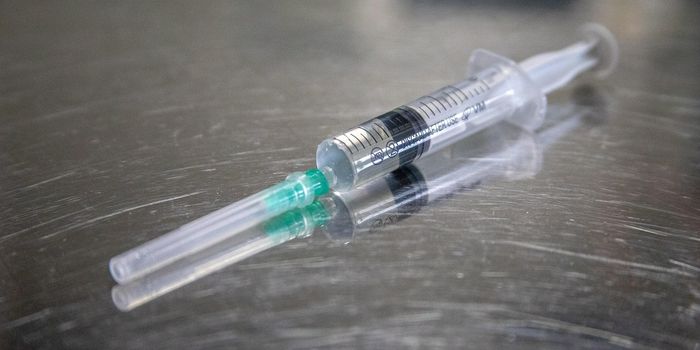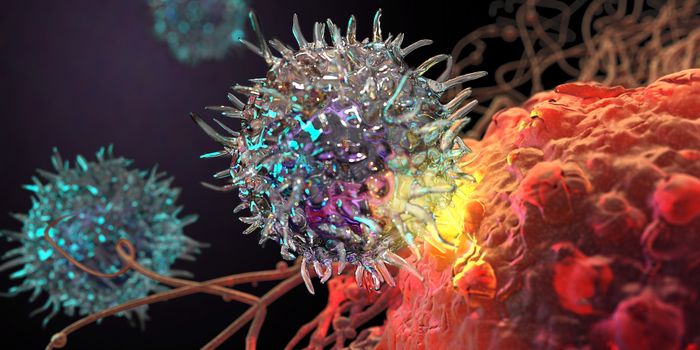Looking to this tropical plant for future pancreatic cancer treatments
Pancreatic cancer is a dangerous disease for two reasons: its stealth and its resistance to many anti-cancer drugs. The American Cancer Society estimates that around 55,440 people receive a diagnosis of pancreatic cancer annually, representing 3% of all cancers in the United States. Because it presents few symptoms, many people don’t receive a diagnosis until the disease has already reached advanced stages, when treatment options are limited. However, new research published in the journal ChemMedChem details a treatment option that may be on the horizon for patients with pancreatic cancer – and it comes from a topical plant.
The plant is called Uvaria grandiflora and it grows in Malaysia, Indonesia, Thailand and the Philippines. This beautiful plant contains a chemical called Grandifloracin, which, as the authors of the study explain, “is a potent anti‐austerity agent, able to suppress the ability of various pancreatic cancer cell lines to tolerate conditions of nutrient deprivation.”
What is an anti-austerity agent? Let’s unwrap that.
The researchers behind the study explain, "Pancreatic cancers are especially aggressive and fast-growing, so the tumors develop faster than the blood vessels can supply nutrients to them. This leads to a lack of nutrients, to an extent that would kill ordinary cells, but the pancreatic cancer cells can survive these 'austere' conditions and keep on growing,” elaborates Dr. Simon Lewis, Senior Lecturer in Chemistry from the University of Bath.
This study was conducted by researchers from the University of Bath in collaboration with Professor Suresh Awale from the University of Toyama, Japan who developed three molecules to mimic the natural anti-austerity properties of Grandifloracin.
"The molecules we have identified are so-called 'anti-austerity' agents that can remove the ability of the cancer cells to tolerate these starvation conditions, so they will die, whereas ordinary cells with a normal supply of nutrients remain unaffected, continues Dr. Lewis.
Of the three molecules they made, all three are capable of destroying pancreatic cancer cells in a petri dish, and two of them are even more effective than the natural properties of Grandifloracin.
Of course, looking to nature for medicinal remedies is nothing new, as Dr. Lorenzo Caggiano, Senior Lecturer in the Medicinal Chemistry group at the University's Department of Pharmacy & Pharmacology, commented: "Through evolution, nature has developed a huge variety of active compounds to help it survive and thrive under a wide range of environmental conditions. These so-called natural products are of great interest in the development of new drugs and as such approximately a quarter of all medicines are derived from plants.”
The researchers say that they hope to continue investigating the potential of these molecules for future pancreatic cancer treatments, stating that human trials for new drugs could be seen within the next five years.
Sources: Science Daily, ChemMedChem









